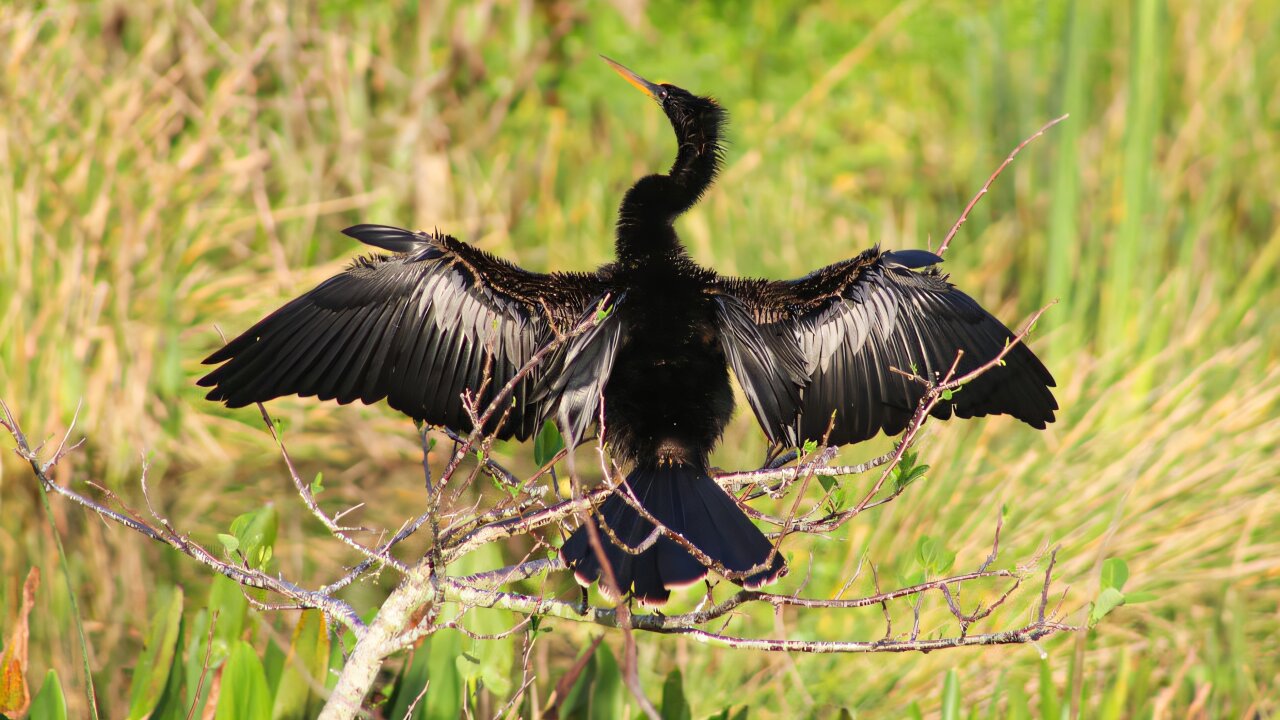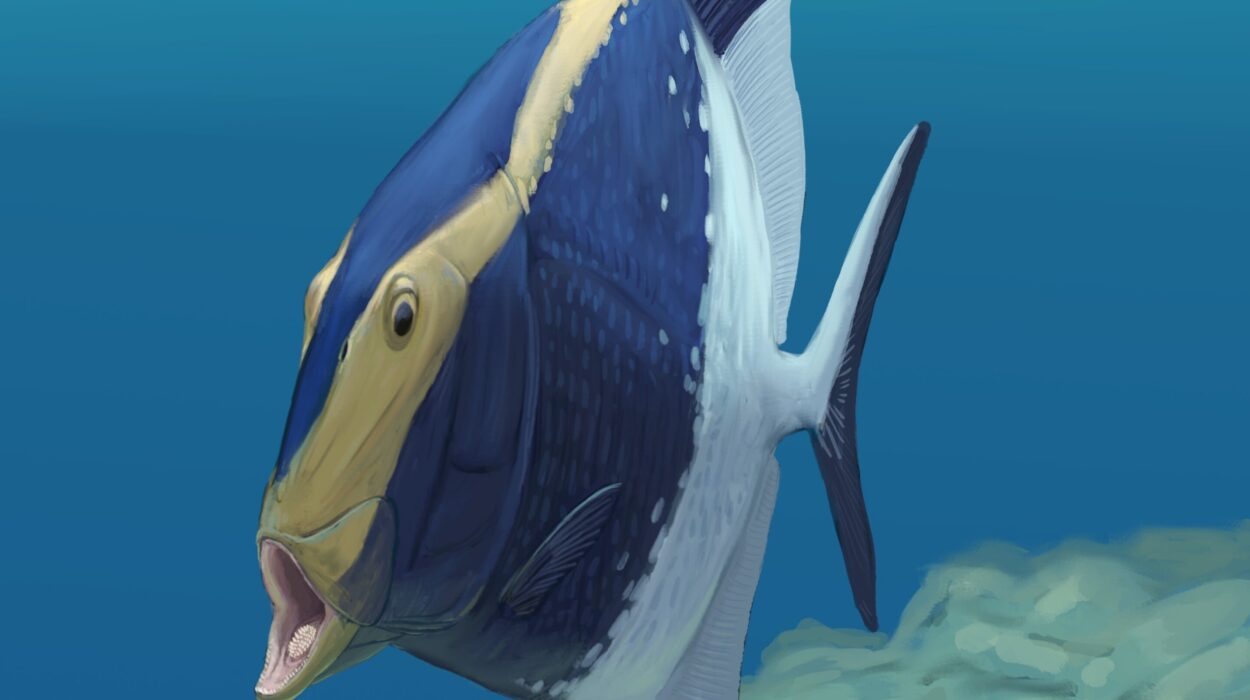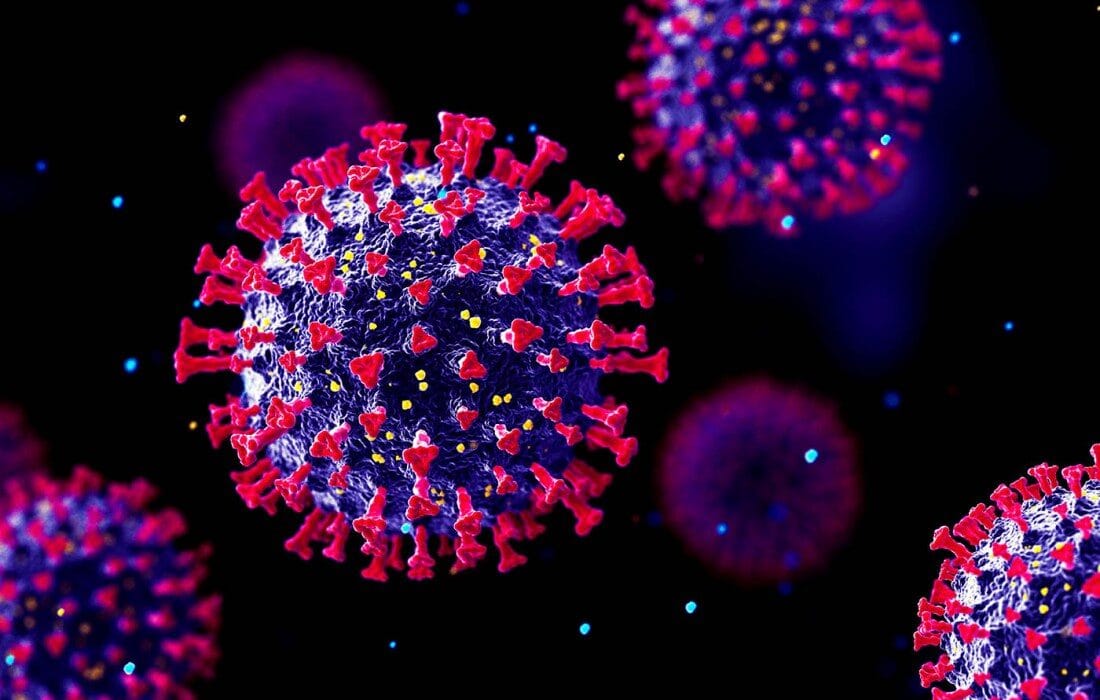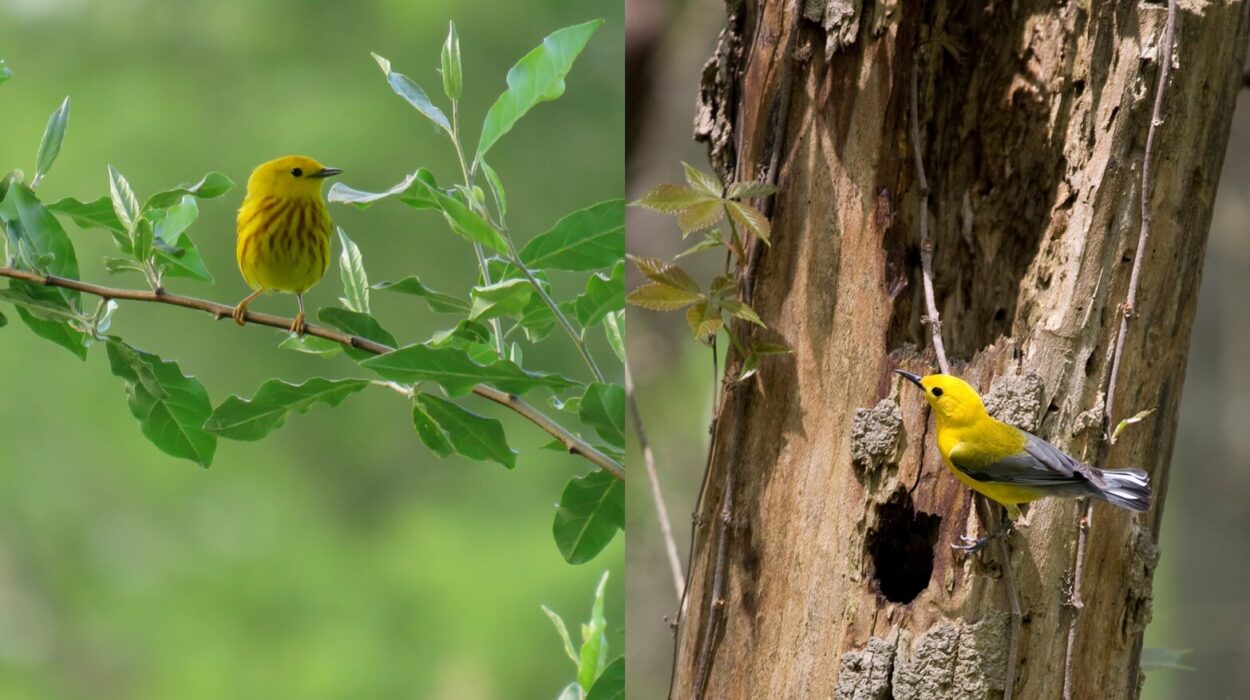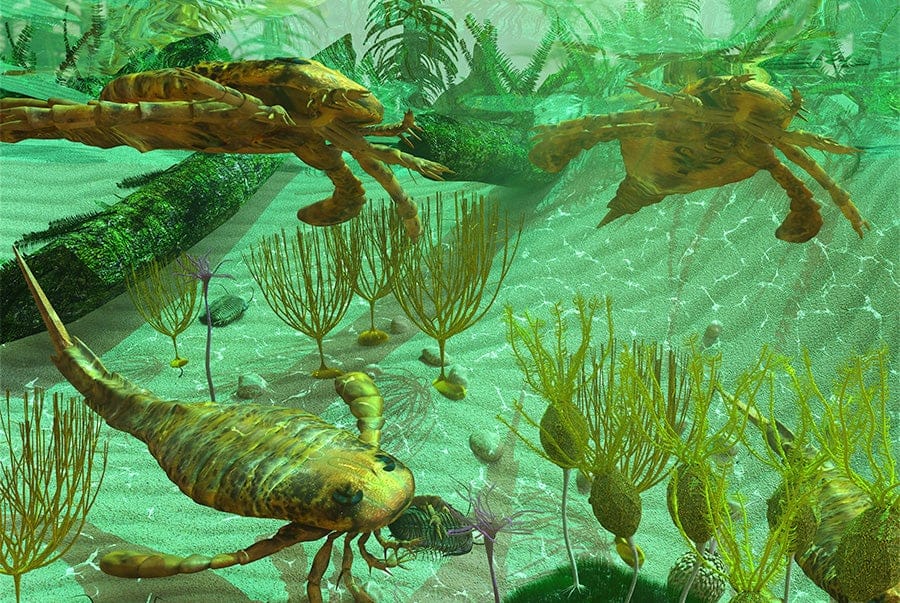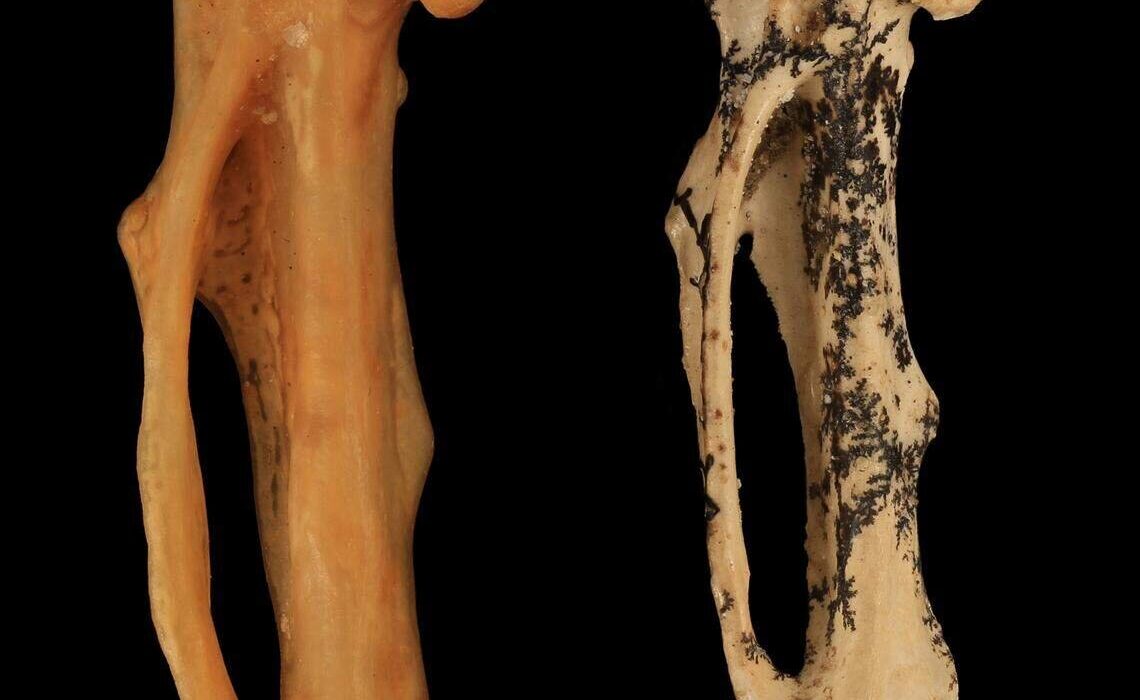Florida’s waterways are home to many iconic wildlife species, and among the most visible are two distinct types of waterbirds—the anhinga and the double-crested cormorant. Despite their similar appearances and behaviors, new research from the University of Miami has uncovered key differences between the two species, revealing a complex divide in their physiological adaptations and hunting strategies.
While both birds propel themselves through the water with their feet, the research indicates that the anhinga and double-crested cormorant exhibit a surprising degree of contrast in how they use oxygen, hunt for food, and interact with their environment. The study, led by Jeff White, a recent Ph.D. graduate in biology, along with a team from the Department of Biology at the University of Miami’s College of Arts and Sciences, offers a deep dive into the unique characteristics of these two bird species.
The research, published in the Journal of Comparative Physiology B, follows earlier work led by Oscar “Bud” Owre, a distinguished biologist and the first Maytag Chair of Ornithology at the university. According to Kevin McCracken, the first James A. Kushlan Chair in Waterbird Biology and Conservation and co-author of the study, the new research provides an important follow-up to Owre’s studies of Florida’s waterbirds.
“You see these birds everywhere in South Florida, and if you’re in the Everglades, they’re often among the first you’ll encounter,” McCracken says. “They’re frequently spotted sitting with their wings spread wide to dry off after a dive.” Despite their visual similarities and seemingly similar behaviors—such as their tendency to spread their wings for drying after dives—these birds, as the research shows, go about their diving and foraging in vastly different ways.
Uncovering Differences in Hunting Strategies
The University of Miami team spent several months observing these two species in their natural environments, with a particular focus on how they dive, hunt, and use oxygen during these activities. Their findings show stark contrasts between the two, particularly in terms of diving techniques and foraging behavior.
Both the anhinga and the cormorant dive to catch fish and other aquatic prey, but their strategies diverge after that initial plunge into the water. The double-crested cormorant is an active diver, highly maneuverable in water, using its feet to swim with agility as it hunts for fish—often in deeper waters. This species is known to chase down larger fish, requiring it to dive deeper and exert a high level of energy. Cormorants burn more oxygen in the process, making them dependent on efficient oxygen usage to keep up their stamina during prolonged hunting sessions.
On the other hand, anhingas employ a much different approach to hunting. Known for their ambush technique, anhingas typically wait in shallow waters, often motionless, for fish to swim by. This less active approach requires less energy, allowing them to conserve oxygen and maintain energy reserves for longer periods. Their hunting style is more about patience and timing, waiting for prey to approach before striking.
What is most striking, according to White, is how these differences impact their physiology. “The more I dug into the possibilities, the more I realized that we know surprisingly little about these species, and especially about anhingas,” White explained. He and his team’s research helped uncover how these divergent hunting behaviors also relate to their different body compositions and methods of energy usage.
Unique Physiology for Diving and Oxygen Use
A crucial aspect of this study was investigating the birds’ physiological mechanisms for using and storing oxygen. Like most diving birds, both anhingas and cormorants rely on the ability to hold their breath while underwater to catch their prey. However, the way they utilize oxygen differs significantly due to the varying intensity of their foraging efforts.
White and his colleagues discovered that both species have unique ways of metabolizing oxygen to support their swimming and flying muscles. While many seabirds either store oxygen in their blood or muscles, both anhingas and cormorants use a combination of these techniques—yet they do so in different ways.
For the cormorants, a large muscle in their legs is responsible for storing oxygen. This allows them to prioritize energy stores in their legs, which are essential for fast, vigorous swimming as they pursue larger prey in deeper waters. Because they expel more energy in their underwater chases, their ability to store oxygen in specific muscles helps sustain their physical exertion while diving.
By contrast, anhingas operate with a metabolism that is far more efficient in oxygen usage. White found that anhingas have a lower metabolism and, as a result, require less oxygen to generate energy. Additionally, anhingas are uniquely adapted for underwater life in a way that no other diving bird species they studied is—this species has a remarkable ability to achieve what is known as “neutral buoyancy.” In simple terms, neutral buoyancy allows an anhinga to remain in one position in the water, effortlessly suspended beneath the surface without having to expend energy swimming.
This ability to stay in one spot gives the anhinga a major advantage when hunting, enabling it to wait calmly for its prey. When they’re ready to surface or dive again, the birds must perform specific, highly controlled movements to stay afloat and then prepare for their next strike. This distinct physiological capability is part of what makes anhingas “the only aquatic birds that can sit underwater without having to swim to stay in place,” White says.
The Flight and Gliding Contrast
Though both species spend considerable time in flight, they also exhibit divergent flying styles. Double-crested cormorants are exceptional fliers, capable of swift, powerful flight to cover vast distances, a trait that complements their hunting methods. In contrast, anhingas are less powerful fliers and prefer soaring and gliding on air currents, spending less time flapping their wings in active flight. This preference for passive soaring—using updrafts to stay aloft without much effort—mirrors their foraging strategy of waiting for food to come to them.
This difference in flying styles is further reflected in their respective wing muscle characteristics. While cormorants are more reliant on active flying, anhingas have developed a set of muscles that allow them to glide with less effort.
Broader Implications for Metabolism Studies
As fascinating as these species’ differences are, White and McCracken believe the implications of the research extend beyond birds and into broader fields like exercise physiology, cardiovascular health, and metabolism research. Their findings on how these birds balance oxygen usage during different kinds of energy expenditure could be useful for understanding human health conditions related to energy consumption and efficiency.
“There might be benefits to understanding how other species can generate energy without oxygen,” said White, “and how we might apply that knowledge to fields like nutrition and metabolic health.” White’s work could offer a window into alternate methods of metabolism, shedding light on ways in which different organisms adapt to environments where oxygen might be scarce, such as during intense physical exertion or in unique, oxygen-limited ecosystems.
Conclusion
The research conducted by the University of Miami team highlights the fascinating differences between the anhinga and the double-crested cormorant, two iconic waterbirds of Florida. Despite their similar appearances and behaviors, these species exhibit distinct foraging techniques, physiological adaptations, and methods of oxygen usage. While cormorants rely on fast swimming and active hunting, expending more energy and oxygen, anhingas employ a more passive, energy-conserving strategy of lying in wait for prey. The study’s findings offer valuable insights into how these birds manage their energy during dives and flight, with potential applications to human health and metabolism research. By exploring these birds’ unique adaptations to their environments, this research opens doors for further studies into energy efficiency, metabolism, and oxygen consumption in both animals and humans. The study not only deepens our understanding of anhingas and cormorants but also broadens the scope of comparative physiology in wildlife.
Reference: Jeff White et al, Comparative mechanisms for O2 storage and metabolism in two Florida diving birds: the anhinga (Anhinga anhinga) and the double-crested cormorant (Nannopterum auritum), Journal of Comparative Physiology B (2024). DOI: 10.1007/s00360-024-01593-x
